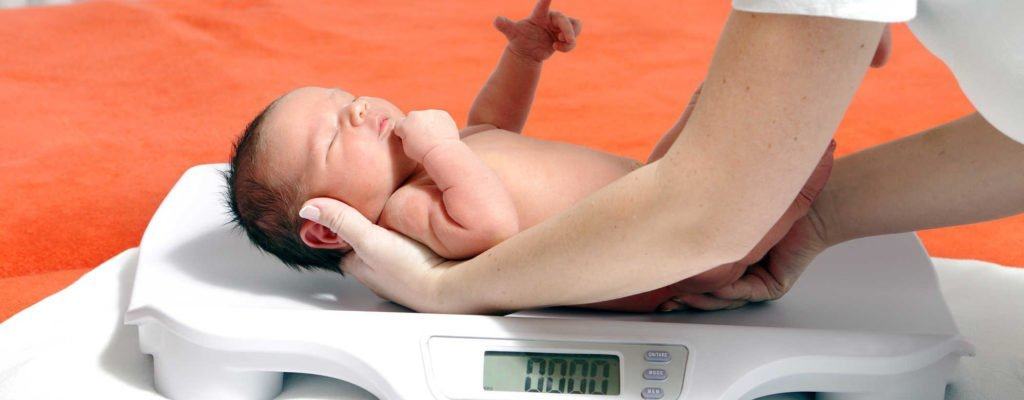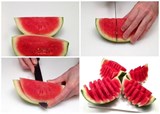Ways to determine an infants caloric needs

Learn how to determine your baby’s caloric needs, including the calories in breast milk and formula, to ensure your infant gets the right nutrition for healthy growth.
When you let your baby go out, you cannot hold the baby forever. At this point, you might think of a baby carrier. However, you need to learn how to use it correctly.
Infants are often very weak, so in addition to paying attention to their children's health, parents also need to know how to take care of their babies properly, to avoid unfortunate cases. The baby carrier is a useful option for mothers who want to take care of and be close to their baby while saving time and effort. So how do you carry your baby safely and healthy? Let aFamilyToday Health consult useful information below to know how babies tied to safely and properly nhé!
Support breastfeeding: When you are with your baby, it will be easier to see if your baby is hungry and to breastfeed without waiting for your baby to cry. Awareness of your baby's needs will help parents to take care of their baby better
Babies cry less: According to research, babies held by their parents fussy and cry less than other babies
Can help avoid spinal and cranial deformities: Babies who frequently sit in a stroller or crib are at a higher risk of having a deformed skull or spine. The correct baby carrier helps naturally develop baby's skull, spine and muscles.
A hammock is a sturdy piece of cloth that is wrapped around your head and worn over one shoulder. This is the ideal baby carrier because the size of the fabric will fit your baby's weight. Toddlers should also use this carrier in a sitting position. Fabric carriers also come in a variety of materials, cushioned or without padding, with or without rings for easy adjustment.
A carrier is a long piece of cloth that wraps around your body and both shoulders. This carrier is the most versatile and least expensive carrier.
This type of carrier is made of soft cushioning material but stitched into a chair with two straps at the shoulder and a buckle. This carrier is ideal for outdoor activities and other occasions when you are carrying your baby for an extended period of time.
Among the different types of carriers, the hammock and fabric carrier is ideal for newborn babies.
Here are some general guidelines for using a baby carrier to ensure a safe carrier:
For infants, if you need to carry your baby, you should use a soft carrier and always supervise the baby carefully to avoid the risk of choking if the baby's chin or face is on your chest. Make sure your baby's nose is not held back by your body or the carrier. Your baby's nose should be cleaned and kept his chin away from your chest, at least two fingers apart. When your baby is in control of his head and neck, place the baby's head in one direction, cheeks on your chest while you are carried across from you to avoid choking.
Falling from your chest height is dangerous for your baby. In addition to using a baby carrier that supports the baby's head and neck, you should always be careful when carrying your baby while moving. If you need to pick something up, lower your knees instead of lowering your hips, so your baby will be held upright.
If you are new to carrying your baby or are just starting to use a new carrier, take the time to learn how to use it properly to ensure that your baby is securely held on both sides. full. You should hold your baby with one or two hands until you get used to carrying your baby and make sure all the buckles and laces are secure. Over time, when you feel comfortable carrying your baby, you may not need to use your hands to hold it.
For a newborn, the neck is so weak that the baby cannot hold his head, so parents should support this part of the baby properly. Parents should wear babies when they are at least 4 months old . In particular, carrying the baby behind is not recommended until the baby is a little older, at least 6 months old .
A newborn's hip will grow stronger by the first 4 months of life. So your baby needs special care. Parents should let the baby out of the carrier regularly so that the baby's hips, knees and the rest of the body can be freely operated.
In addition to the above notes, you should pay attention to the following:
Unless breastfeeding is still carrying the baby, the mother should place the baby upright
Always check the baby carrier regularly to see if it has worn or damaged parts. Also check all the keys and buttons to see if they are securely fastened
Your baby's knees should be higher than the base and legs stretched to the side for the spine and hips to develop healthy
Do not carry your baby in forward facing position (forward carrier) as the baby's feet are suspended and can lead to hip dysplasia.
Do not drive or ride a bicycle while carrying your baby
Never drink hot liquids such as coffee or tea while carrying your baby.
Consider and answer the following questions to find the right baby carrier :
Do you and your baby feel comfortable when using the carrier?
Does it support the natural development of the baby's spine and hips
Can you put your baby in the carrier?
Is it possible to breastfeed your baby in a carrier
How long will the carrier fit your baby
Can it be used by babies?
Does the baby's skin surface contact increase?
With a lot of useful information and safe and correct baby carrier instructions, aFamilyToday Health hopes to help mothers a lot in finding a suitable and safe carrier for their baby soon.
Learn how to determine your baby’s caloric needs, including the calories in breast milk and formula, to ensure your infant gets the right nutrition for healthy growth.
Discover the top 5 smartest dog breeds in the world, including Border Collie, Poodle, German Shepherd, Golden Retriever, and Doberman Pinscher. Learn about their unique traits and why they are considered the most intelligent dogs.
Discover 7 nutritious and delicious ways to cook egg porridge for babies, including recipes with cheese, pumpkin, tomato, and more. Learn how to prepare baby-friendly egg porridge with our expert tips.
After a series of medical measures they obtained a complete human vascular system profile.
Watermelon is one of the fruits that many people love, not only cheap but also delicious, nutritious and refreshing in the summer. To get delicious watermelon pieces, show off your housewives, your artistic talents to cut beautiful pieces of watermelon.
aFamilyToday Health - The digestive system and body in each baby is different. Parents need to recognize notes to deal with when babies have a food allergy!
Babies need many factors for perfect development. aFamilyToday Health shares with parents things to keep in mind when babies are 8 weeks old so that parents can take care of their babies the best!
Babies need many factors for perfect development. aFamilyToday Health shares with parents things to keep in mind when babies are 18 weeks so that parents can take care of their babies the best!
Babies need many factors for perfect development. aFamilyToday Health shares with parents things to keep in mind when babies are 28 weeks old so that parents can take care of their babies the best!
Babies need many factors for perfect development. aFamilyToday Health shares with parents things to keep in mind when babies are 32 weeks old so that parents can take care of their babies the best!








